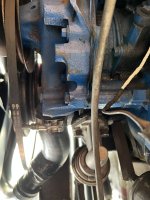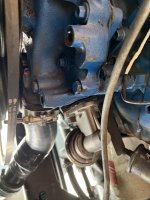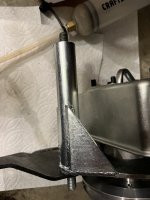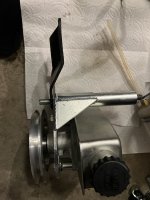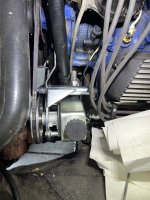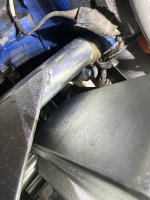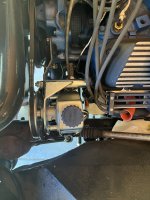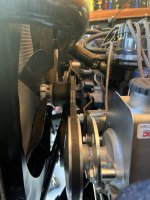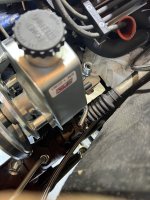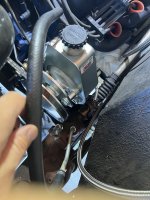Pulleys should be as straight as possible, and you should not be able to see any misalignment. I always use a straightedge, and hold less than 1/32 inch per foot of angular misalignment.
It is important to point out that Ford changed the crank pulley from 3 bolt to 4 bolt in 1970 in the passenger car…but they ALSO changed the water pump inlet, and the primary belt configuration at the same time.
@Broncobowsher is giving you some great info above. But it’s not JUST the number of bolts on the damper. The 3-4 bolt change coincides with a different pulley offset, and a different pulley belt width.
The 65-69 Ford had a passenger side water inlet, a drivers side timing pointer, and the Alternator belt drove the water pump. In 1970, the damper changed, the water inlet moved, the timing pointer moved, the primary belt got wider, and the power steering belt ran the water pump. This created a big problem for manual steering applications, including Bronco and Econoline Van. So those didn’t change.
When the water pump changed inlet sides, it also changed the fan height, and a bunch of mounting boss provisions were added. This makes the 70+ (car) water pump generally incompatible with the 69- pulleys.
You have a 1978 water pump and crank pulley system on a 65-69 (or 65-73 van or 66-77 Bronco). Power steering bracket.
I’m not telling you it can’t be made to work, but you are re-inventing a wheel that has been invented countless times already. I did this once so that I could raise the fan and keep my factory damper with a 5.0 in a flatfender. But there’s no reason to engineer a new solution when EVERY Bronco vendor has a packaged solution for you.
The 1967-1969 Ford Intermediate w/PS accessory package is functionally identical to the 76-77 Bronco w/PS accessory package. There is some wierdness with air conditioner and thermactor on the 67 and 68. So that’s why the “go-to” application is a 1969 Mustang 302 with PS.
Every piece of that solution is now reproduced.











